In the world of digital marketing, businesses have two primary avenues to drive traffic and achieve their marketing goals: Search Engine Optimization (SEO) and Paid Advertising. While both approaches can generate results, they have distinct characteristics and outcomes. SEO focuses on improving organic search rankings, while Paid Advertising involves paying for ad placements. In this blog post, we will delve into the key differences between SEO and Paid Advertising and explore why organic search matters for long-term success in the digital landscape.
Understanding SEO and Paid Advertising
1. SEO: Search Engine Optimization is the process of enhancing a website’s visibility in organic search results on search engines like Google, Bing, and Yahoo. It involves optimizing various elements on the website to improve its ranking for relevant search queries without directly paying for ad placements.
2. Paid Advertising: Paid Advertising, also known as Pay-Per-Click (PPC) advertising, refers to the practice of purchasing ad space on search engines or other platforms. Businesses bid on keywords, and when users search for those terms, the ads appear at the top or bottom of the search results, marked as “sponsored” or “ad.”
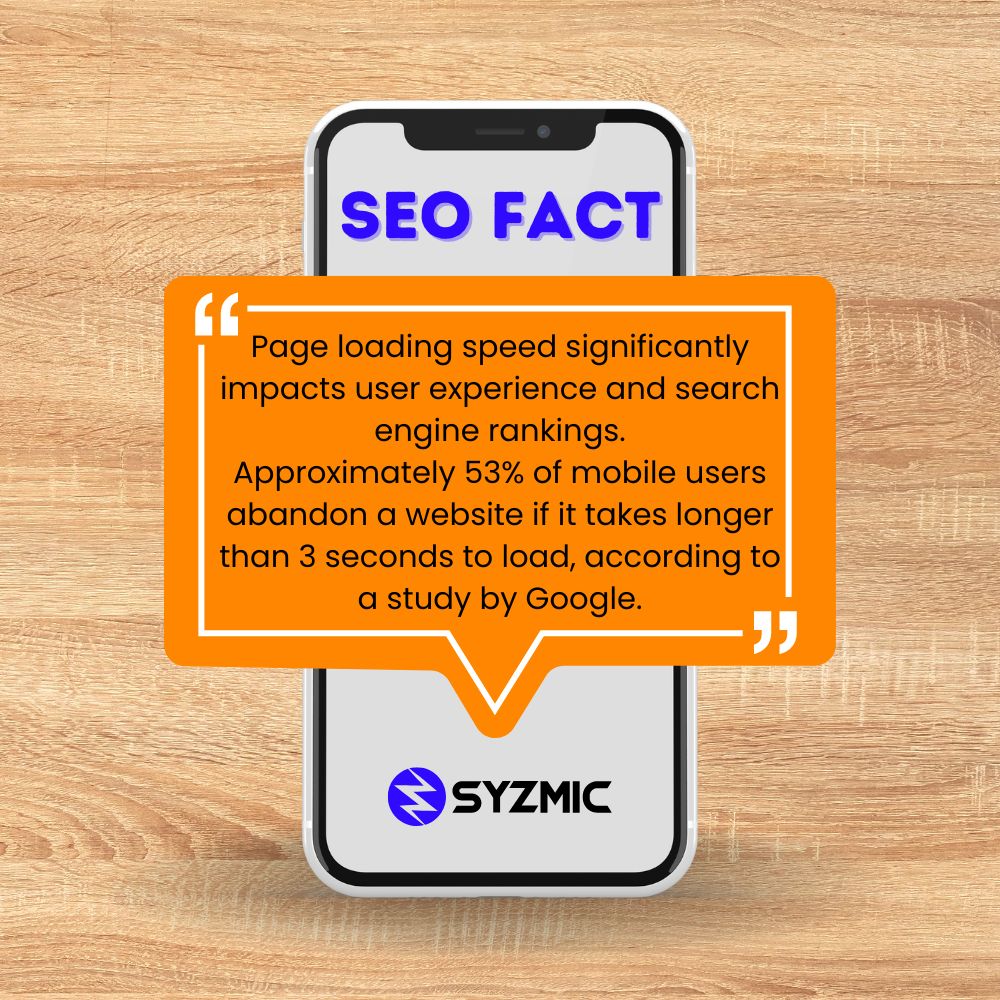

Short-Term Impact: Quick Results with Paid Advertising
Paid advertising can deliver immediate results, making it an attractive option for businesses looking for a rapid influx of traffic and conversions. Here’s why Paid Advertising can have a short-term impact:
1. Instant Visibility: Paid ads are displayed prominently at the top of search results, ensuring high visibility and increased chances of attracting clicks and conversions.
2. Immediate Traffic: As soon as the ad campaign goes live, businesses start receiving traffic to their website, generating immediate leads and potential sales.
3. Control over Targeting: Paid advertising allows businesses to target specific demographics, locations, and search queries, ensuring that ads reach the most relevant audience.
Long-Term Benefits: The Sustainable Advantages of SEO
While Paid Advertising can deliver quick results, SEO provides businesses with sustainable advantages that contribute to long-term success. Here are some reasons why organic search matters for the long haul:
1. Trust and Credibility: Websites that rank highly in organic search results are perceived as more trustworthy and credible by users. A solid organic presence builds brand authority over time.
2. Cost-Effectiveness: Once a website attains a strong organic ranking, the traffic generated through SEO efforts comes at no additional cost, making it more cost-effective in the long run compared to paid campaigns.
3. Building Organic Traffic: SEO focuses on driving organic traffic, which increases over time as the website’s authority and relevance grow, leading to a continuous stream of visitors without ongoing ad spend.
4. Sustainable Performance: Unlike paid campaigns, which end when the budget runs out, SEO-driven traffic sustains even during downtime, creating a more stable and consistent flow of visitors.
User Behavior and Trust
Users tend to trust organic search results more than paid advertisements. Organic listings are seen as earned positions based on relevance and quality, while paid ads are perceived as advertisements trying to sell something. The trust factor plays a significant role in user click-through behavior and conversions:
1. Higher Click-Through Rates (CTR): Studies consistently show that organic search results have higher click-through rates than paid ads, indicating that users prefer organic listings.
2. Enhanced User Engagement: Users who land on a website through organic search are more likely to engage with the content, spend more time on the site, and explore additional pages.
3. Ad Blockers and Banner Blindness: With the rise of ad blockers and banner blindness, paid ads may not even reach a significant portion of the target audience, reducing their effectiveness.
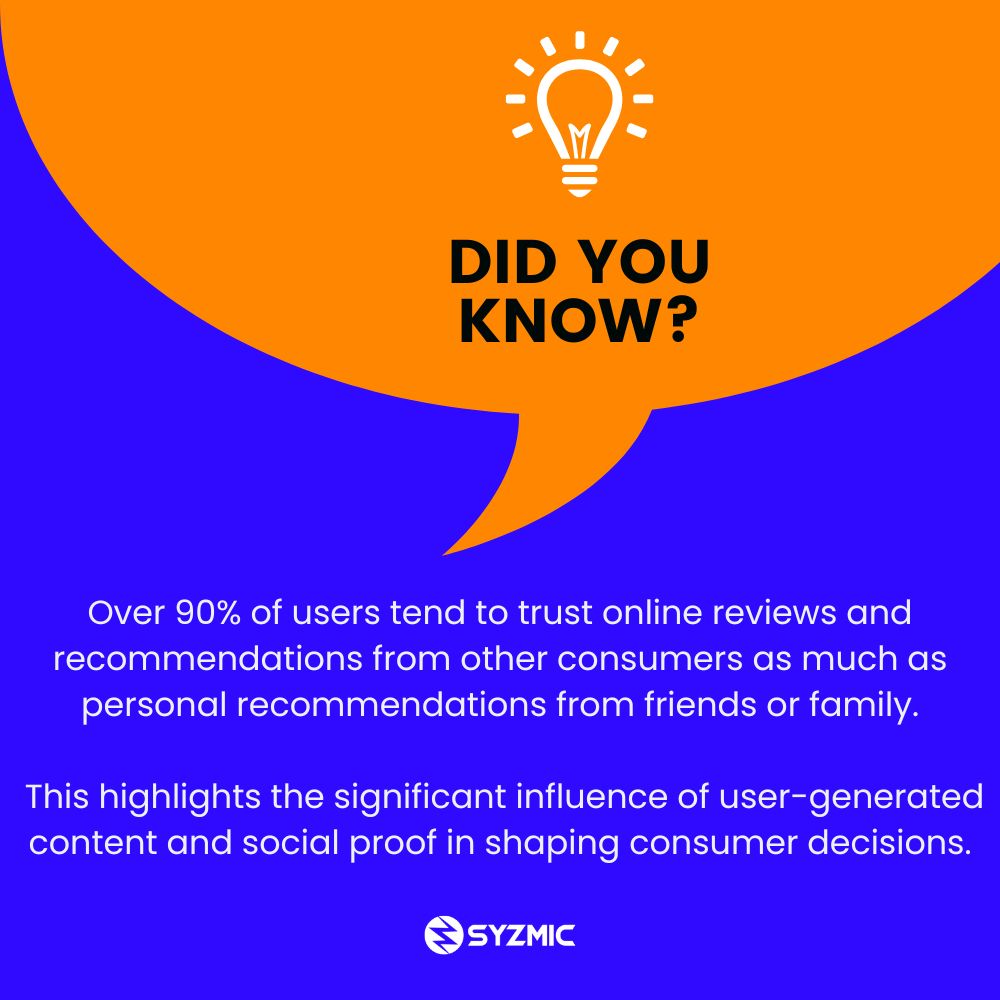

Evolving Algorithms and SEO Adaptability
Search engine algorithms are continually evolving to provide the best search experience to users. For long-term success, businesses must adapt their SEO strategies to stay aligned with these changes:
1. User Intent: Search engines are increasingly focusing on user intent, delivering results that best satisfy the searcher’s needs. SEO allows businesses to align content with user intent, improving relevance and driving organic traffic.
2. Voice Search: With the rise of voice-activated devices and voice search, SEO becomes essential in optimizing content for natural language queries.
3. Algorithm Updates: Major search engines like Google regularly release algorithm updates that can impact website rankings. By adhering to SEO best practices, businesses can mitigate the impact of these updates.
4. Niche Authority: Through consistent SEO efforts, businesses can establish themselves as authorities in their niche, earning recognition from search engines and users alike.
Enhanced Conversion Rates with Organic Traffic
Organic traffic has a higher propensity for conversion compared to paid traffic. Users who find a website through organic search are more likely to be actively searching for specific information, products, or services, making them highly qualified leads:
1. Higher Quality Traffic: Organic visitors are often in the awareness, consideration, or decision stage of the buying journey, resulting in a higher chance of conversion.
2. Improved User Engagement: Users who engage with valuable organic content are more likely to trust the brand, increasing the likelihood of completing a purchase or taking the desired action.
3. Lower Bounce Rates: Organic traffic tends to have lower bounce rates, indicating that visitors find the content relevant and stay longer on the website.
Synergy between SEO and Paid Advertising
The most effective approach is often a combination of SEO and Paid Advertising. Both strategies can complement each other to achieve broader marketing goals:
1. Testing and Validation: Paid advertising can be used for testing keywords, ad copy, and landing pages before incorporating successful elements into an SEO strategy.
2. Amplifying Promotions: Paid advertising can be employed to amplify promotional campaigns, events, or product launches, driving additional traffic to the website.
3. Brand Visibility: A strong organic presence, coupled with paid advertising, ensures maximum visibility on search engine results pages, reinforcing brand recognition.
Conclusion
While Paid Advertising can offer quick results and instant visibility, SEO stands out as a vital long-term strategy for sustainable success in the digital landscape. Organic search matters because it provides businesses with cost-effective, trust-building, and high-converting traffic over time. By aligning SEO efforts with evolving user behavior, search engine algorithms, and niche authority, businesses can create a winning formula that drives organic growth and secures a competitive edge. Ultimately, the synergy between SEO and Paid Advertising can maximize marketing impact, guiding businesses towards their long-term goals while achieving both immediate and enduring success.
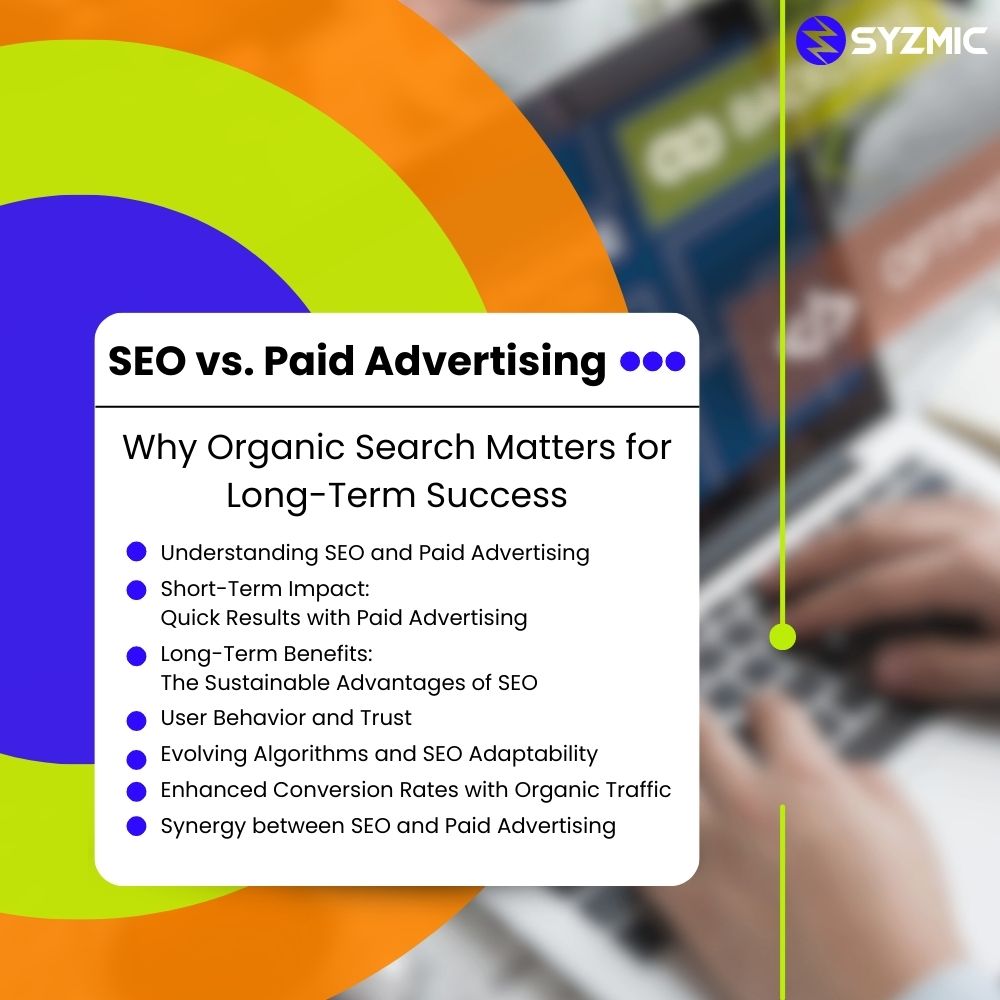

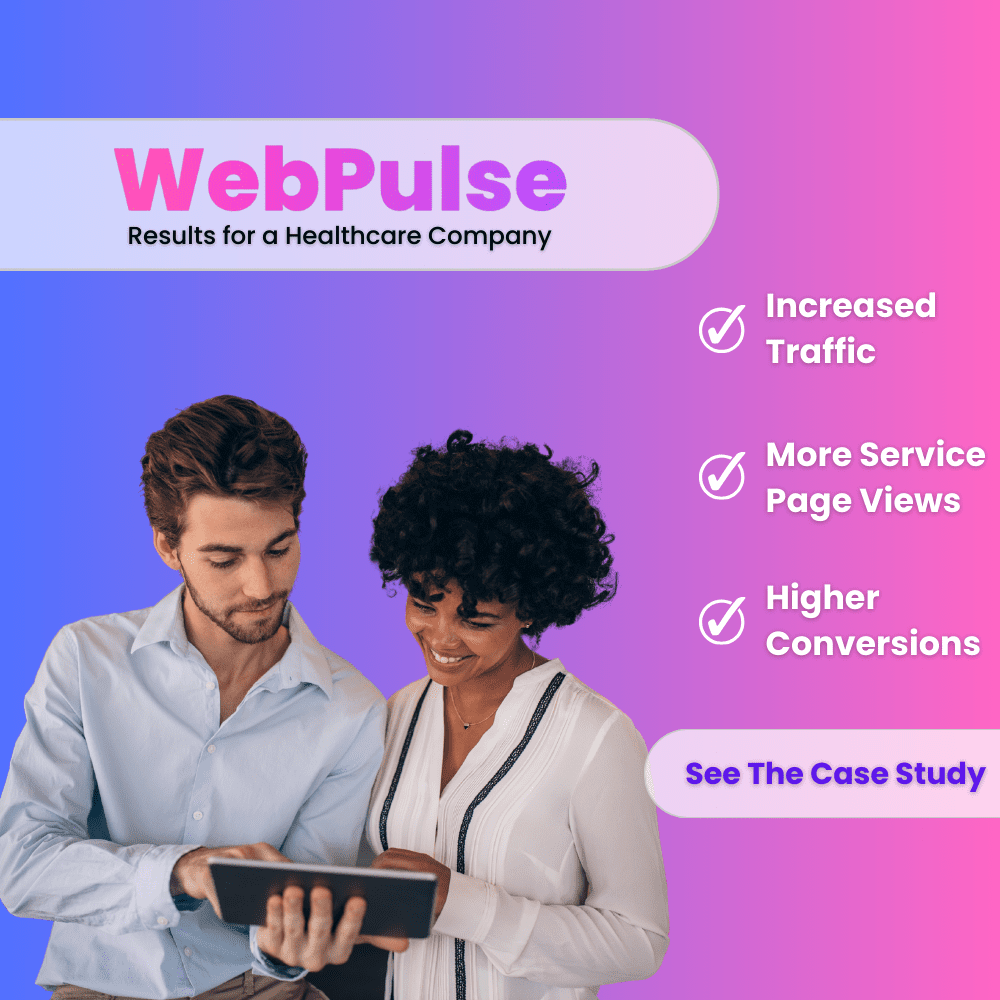
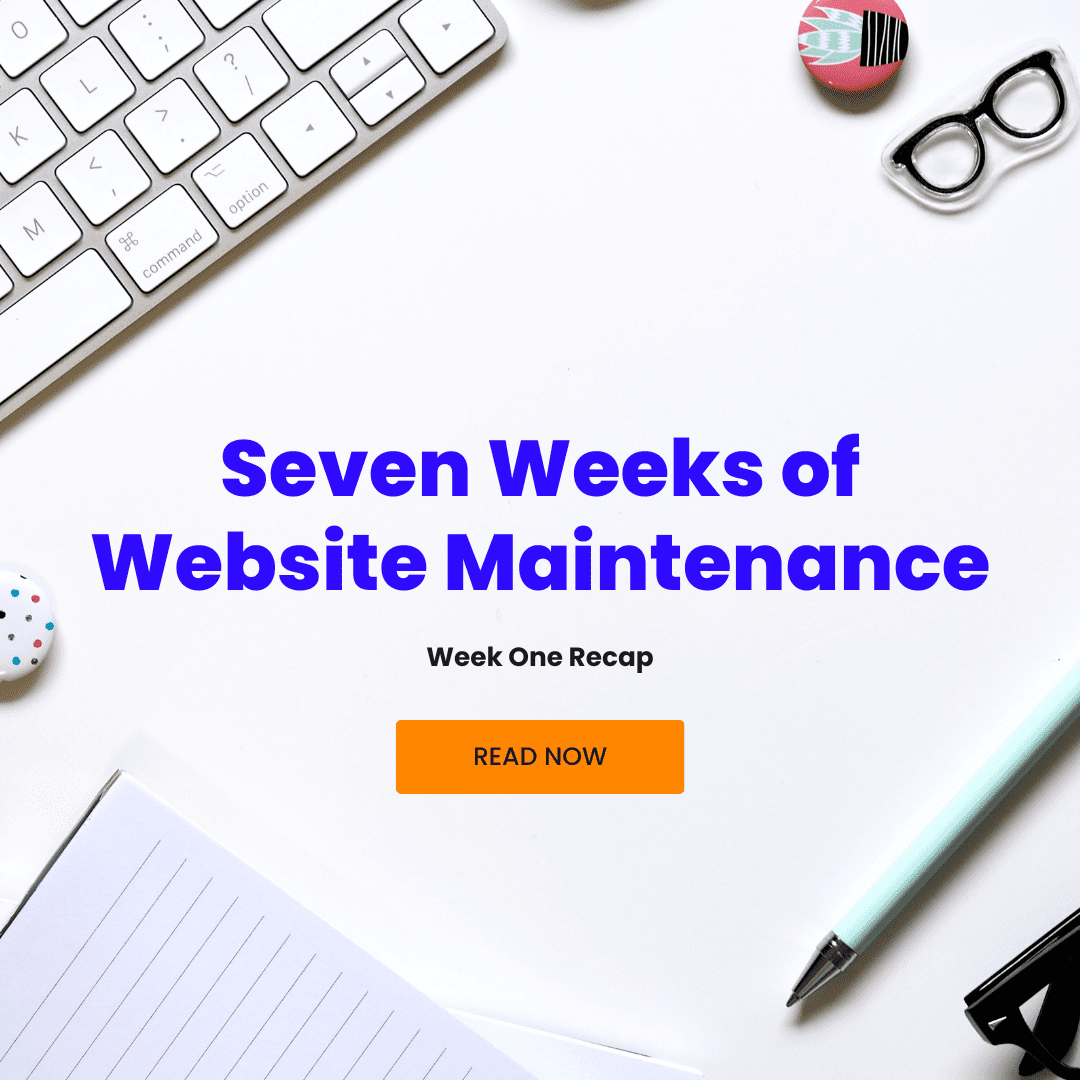
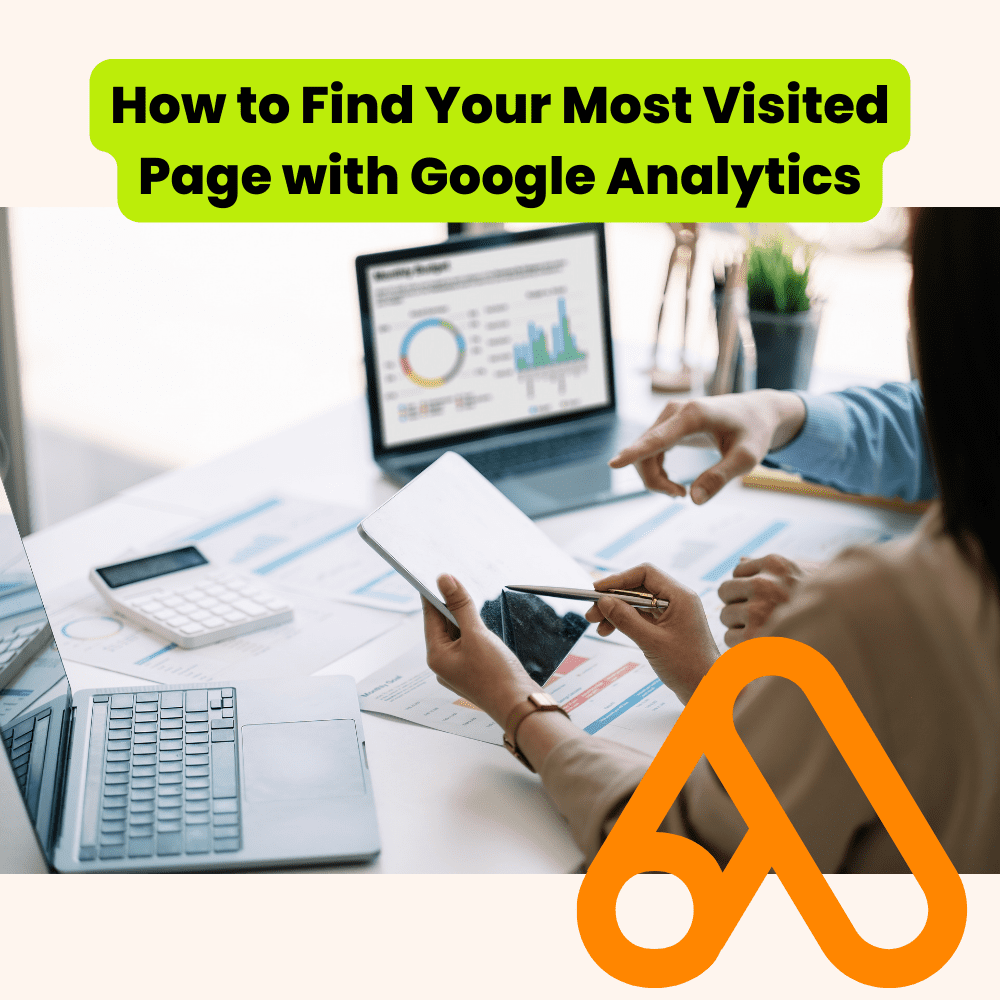
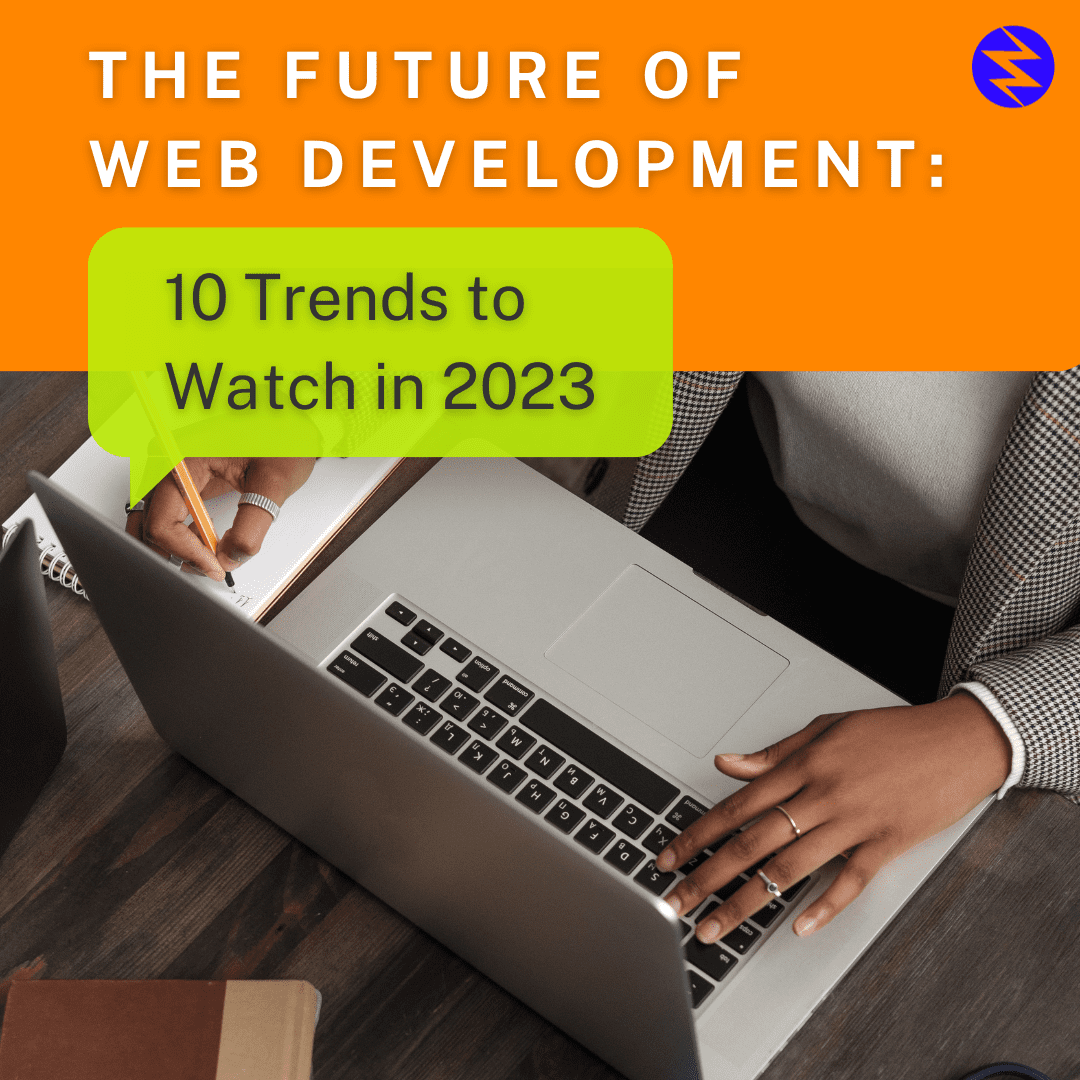
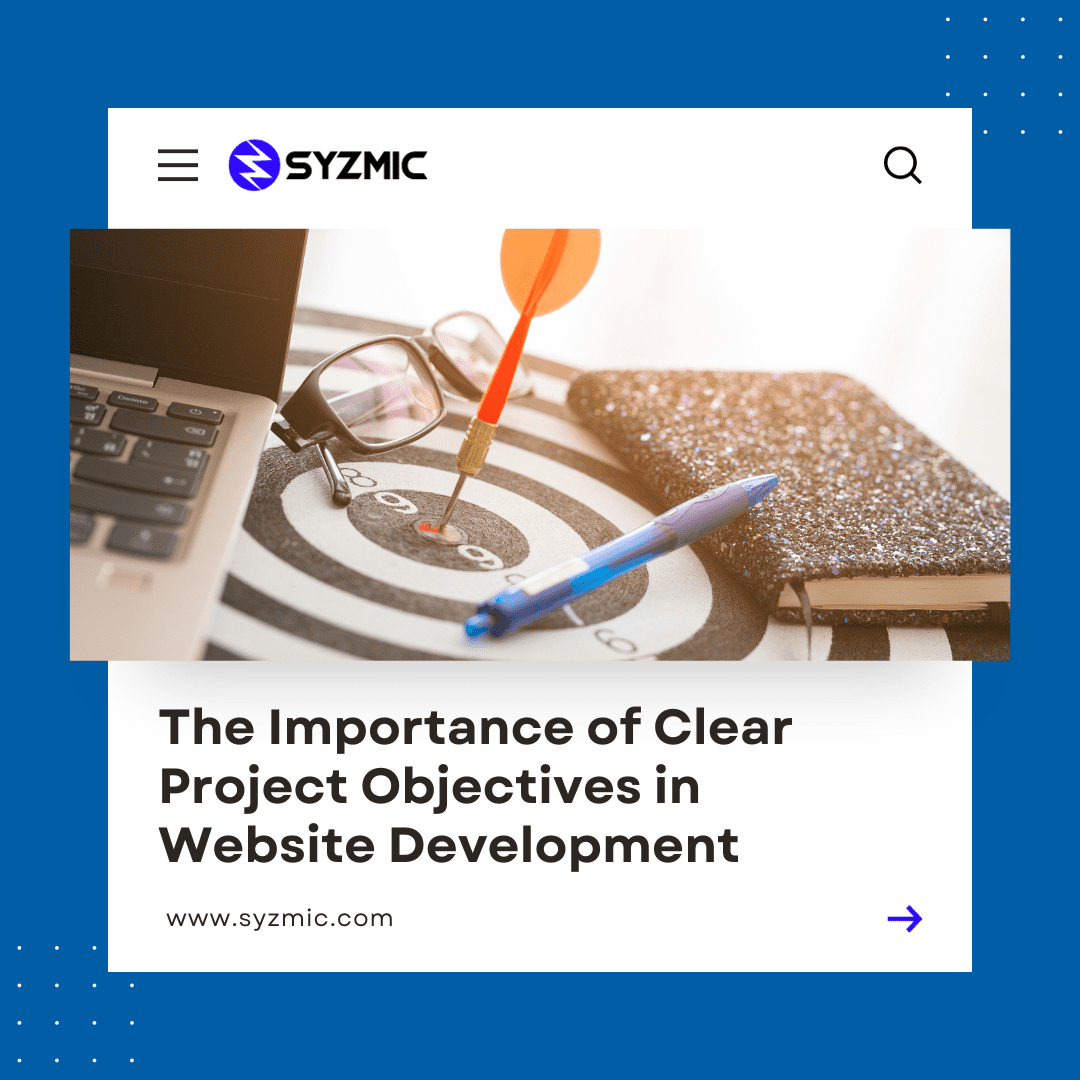
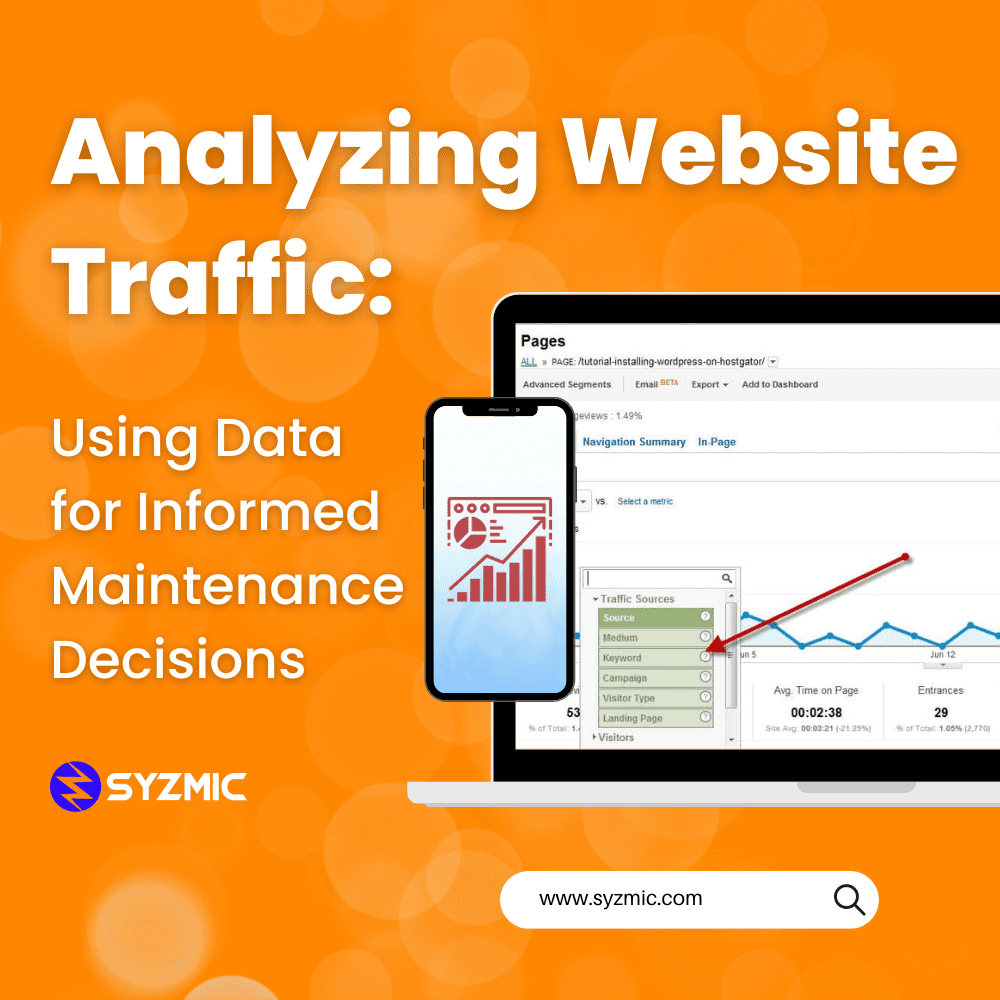
0 Comments